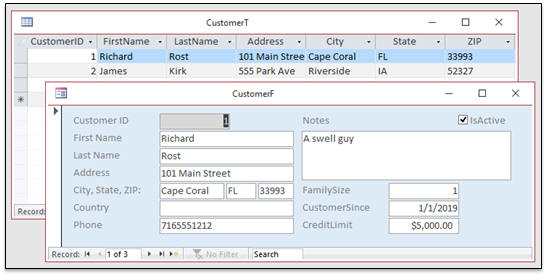
Define each of your business use cases and the expected outcome of each.We recommend the following considerations to help you determine your approach and plan a high-level architecture. Data can be stored in SAP or outside of SAP. The approach and SAP connectors you choose depends on several factors, such as the type of SAP application, type of data and how it's exposed, volume of data and expected latency, what you want to do with the data, and where you want to store it. Design considerations for integrating SAP data with AzureĪzure Data Factory and Azure Synapse Analytics pipelines provide several ways and connectors to integrate SAP data into Azure. SAP data integration can be a large, complex project. When customers combine SAP and non-SAP data and apply advanced data services, such as analytics and AI, they extract real-time, predictive insights. SAP applications expose data in several ways.

There are many SAP applications and solutions across OLTP, such as ECC, CRM, SCM, and OLAP, such as BW.

SAP applications often run several mission-critical and core business processes, which generate a huge amount valuable business data. For the first article in the series, see Identify SAP data sources. This article is Part 2 of the SAP extend and innovate data: Best practices series.


 0 kommentar(er)
0 kommentar(er)
